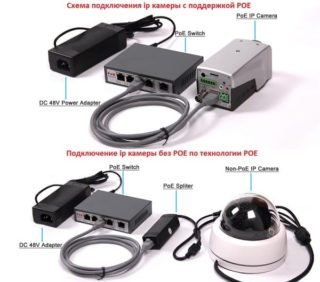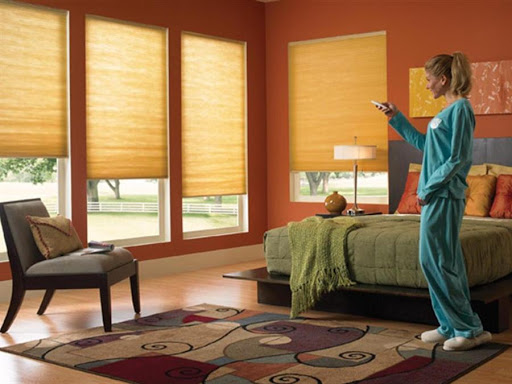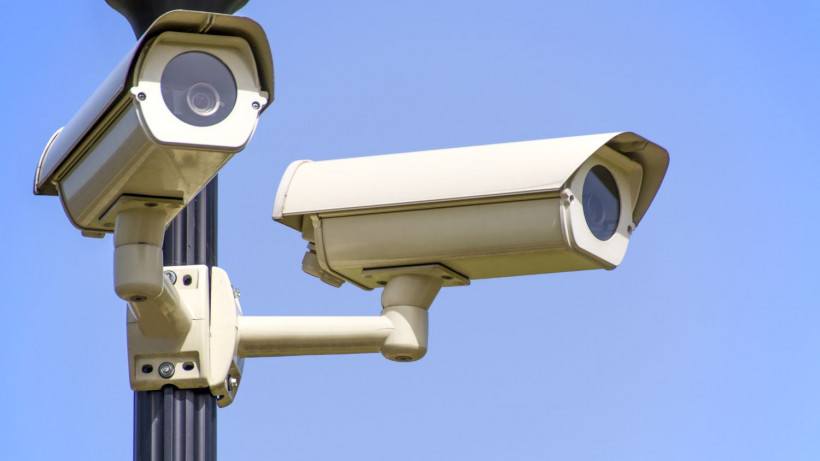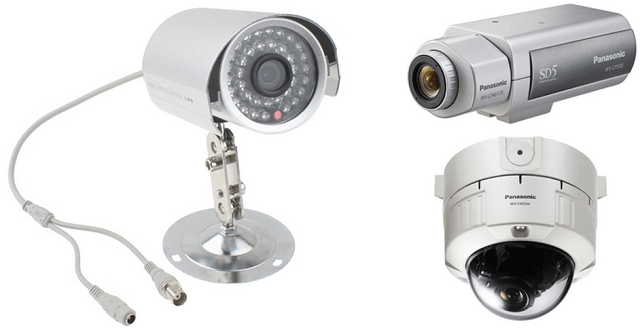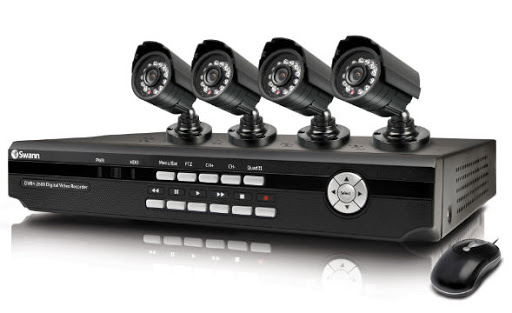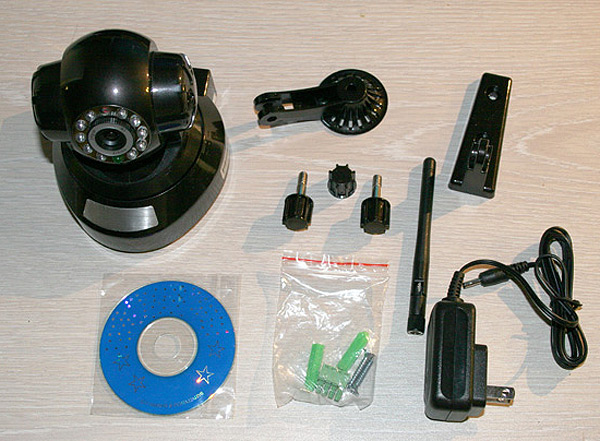The camera is an electronic optical device for visual observation. Images are automatically analyzed in a fine detail recognition system. The connection of an outdoor surveillance camera is carried out taking into account the choice of permission and the ability to receive information via the Internet. The cost of the system is determined by design and functionality.
CCTV camera selection
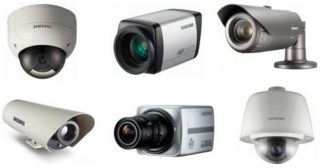
Cameras based on charge coupled devices (CCDs) are widely used. An integrated circuit with photosensitive photodiodes is used. Models are installed that work according to the standards HD-CVI, HD-SDI, HD-TVI, AHD.
The devices have a high resolution compared to analog installations, the production of the latter has been decreasing since 2016. IP video cameras are functional devices, for broadcasting they use local networks and analyze the image.
When choosing, design characteristics are taken into account, for example, a modular device, a box model, a dome, controlled or gyro-stabilized camera. What matters is the method of transmission with or without wires.
Choosing a data transfer method
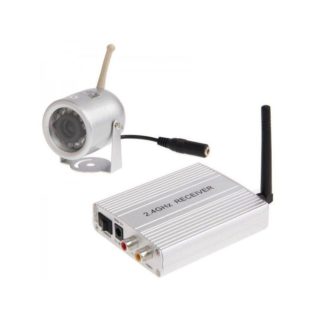
The surveillance system is organized in such a way that from the camera at the facility, information goes to the central security point, where video recorders, computers, switches, monitors are installed. Efficient transmission means high quality images, regardless of the distance between cameras or their distance from the processing center.
Pictures are traditionally broadcast using wired lines. You can connect a video camera based on twisted pair or coaxial cable, depending on the transmission distance. Without a cable, the signal is transmitted by radio channels, this is how wireless cameras work. The method is effectively used at a distance of up to 100 - 1 thousand meters in open space. In urban conditions, this method is rarely used.
Wireless
The camera is connected to the transmitter, and the board is connected to the receiving module. The characteristics of wireless devices are not typical of conventional models.
The CCTV connection scheme without a cable works depending on the parameters:
- Digital or analog device. The first variety has less broadcast interference than the second. Digital cameras are more expensive, so analog cameras are used where there is no need for a clear and detailed picture.
- Signal transmission range. Models are in demand that transmit an image up to 100 meters, increasing the distance means a significant increase in cost.
- The number of cameras involved in the system. Receivers of wireless devices usually work with 1 - 4 channels, less often they serve 8 channels.
The signal propagation speed is selected only for digital circuits and is not relevant for analog systems.
By cables

To transmit a digital video signal to the server, a standard UTP Category 5 wire (twisted pair) is used. A twisted unshielded pair is also used, which works thanks to the Power over Ethernet method.The coaxial cable works effectively at a distance of 100 - 400 meters, but after 150 meters the signal becomes weaker. Amplifiers are installed every 100 - 120 meters.
Technical solution to the problem of connecting a CCTV camera:
- the use of high-quality cable transmitting at 150 m;
- use of switches to extend the distance up to 200 m;
- cascading use of Internet extenders;
- for coaxial cable, medium converters are installed (magnification up to 400 m);
- use of transmission using WI-FI.
When connecting a CCTV camera, a fiber optic cable is used. The material is chosen for the transmission of a large volume of records at large facilities.
Connection methods and configuration diagrams
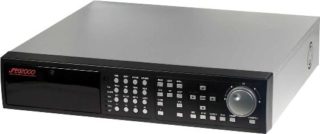
Cameras can be directly connected through a multiplexer, which is a device for the simultaneous transmission of multiple videos to one screen. A matrix switcher is used to separate images and display each image on its own monitor.
Hard disk storage devices are divided into types:
- video servers work with Linux or Windows and contain a video capture card for analog models;
- DVRs are represented by Stand-alone, non-PC, DVR devices.
Setting up video surveillance is carried out using other installations that solve individual tasks. IP cameras are equipped with a memory cell where recording is carried out and recording is backed up in case of a breakdown of the main fixing unit.
Through the Internet

It is popular to connect video surveillance to the provider's network wire. The method is implemented with the allocation of the user's IP address, which is assigned to the tracking device. The street camera must be connected to the computer and enter the address in the browser bar. The IP data of the camera can be found in the user manual on the manufacturer's label.
The user enters the network settings section after opening the interface and manually enters the IP address or ticks the automatic receipt. The entry port becomes available to him (more often it is open under No. 80). A password and login are set for personal login to the network portal, then the module is disconnected from the gadget and the cable of the Internet provider is connected to the camera.
To the computer
A computer video server receives, stores, processes video or audio, and manages security schemes.
Devices differ in parameters:
- applications - by type of broadcasting, on demand, in video surveillance schemes;
- interface - streaming via IP or ASI;
- type of output and input - analog or digital;
- synchronization capabilities;
- the probability of local safety of information.
The connection of a video camera is carried out depending on the type of screen resolution, the number of working channels is taken into account. The potential of synchronous time marking of received data from external NTP, VITC, LTC emitters is taken into account.
Connecting to a monitor and TV
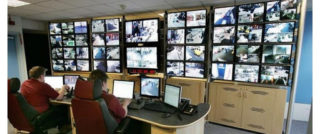
The image is displayed on a television screen, events are broadcast in real time. You will need a camera, a power module, contacts for connection, a mounting bracket and a cable, then you can do the installation of video surveillance yourself.
The location is chosen so that the object of observation is in the center of focus most of the time. This takes into account tree branches, freestanding objects blocking the view. Sun and light rays should not enter the lens, as the image will be overexposed.
To work with the monitor, cameras with a viewing angle of 70 - 100 ° are used. Analog models connect to the TV via the composite AV input, which is found on all receivers. For outdated screens, a SCART - AV adapter is used.
Required materials for connecting an outdoor surveillance camera
All methods require standard functional modules:
- camera;
- digital video recorder;
- hard storage device;
- router or router;
- program for work;
- network cable.
There are cloud servers for video surveillance, where you can connect and configure the functionality of the camera to view live images.
DIY CCTV camera installation steps
The work begins with laying a shielded cable to connect video surveillance. The wire is mounted from remote areas and brought to the place of acceptance, its length is calculated with a small margin.
The cable is protected from moisture and frost if it is laid openly outdoors or a corrugated pipe is used indoors or under the ground. Lines are not located closer than 40 meters from electric mains.
You need to connect the camera so that the place is accessible for maintenance and repair. The red coaxial cable is used to connect to the power, and the yellow and white ones are mounted to carry the signal. The digital modules operate on a twisted pair.
CCTV camera setup
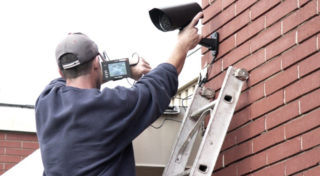
You need to complete all installation work before setting up video surveillance yourself. The date and time are set on each camera, the clock on the router must match the network settings.
The following actions:
- format the structure of the entry to the information using the web interface and the registrar;
- adjust the recording by changing the viewing angle and tilt;
- configure video in the DVR-client program to be able to simultaneously control multiple tracking devices from one gadget.
In the end, remote access to monitoring modules is being established. The process is done using cloud software or by capturing the routed IP address in the browser line.

